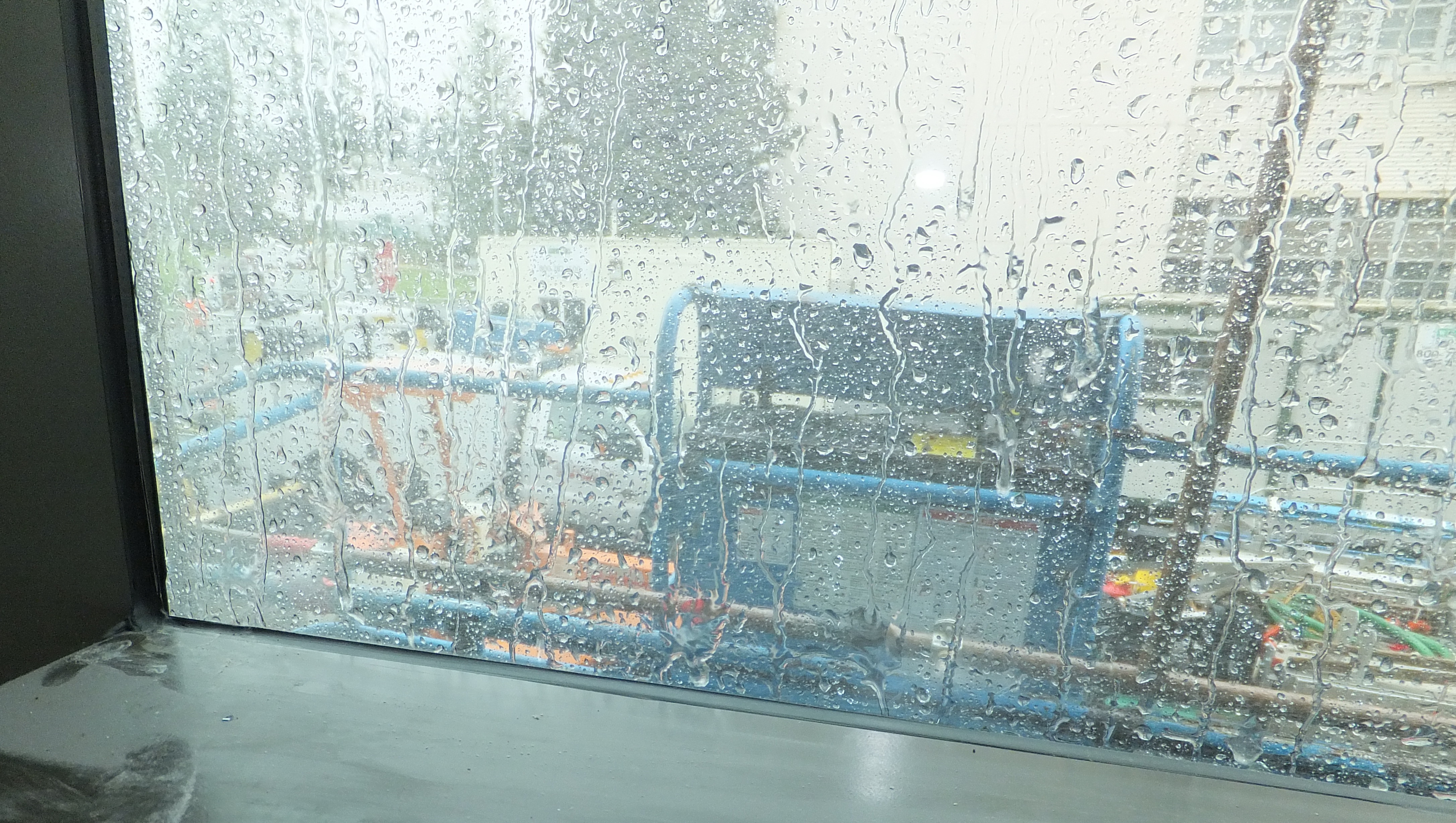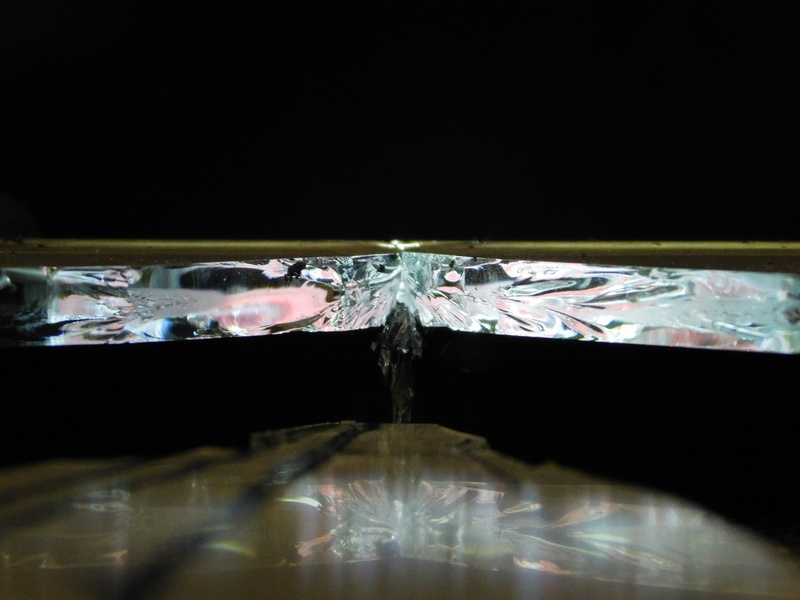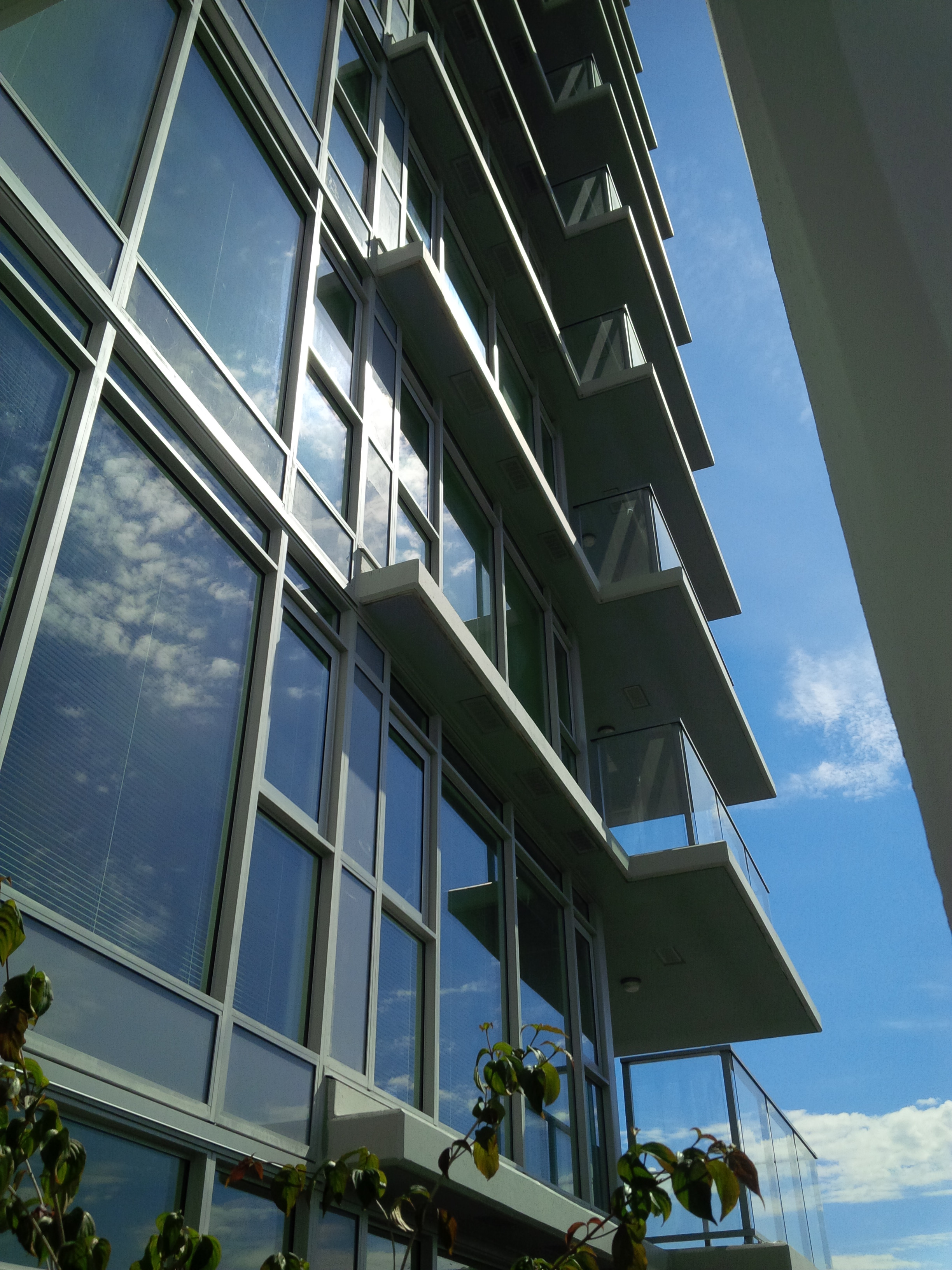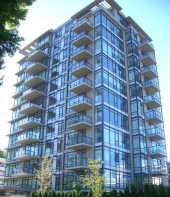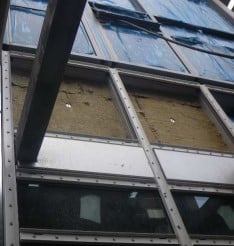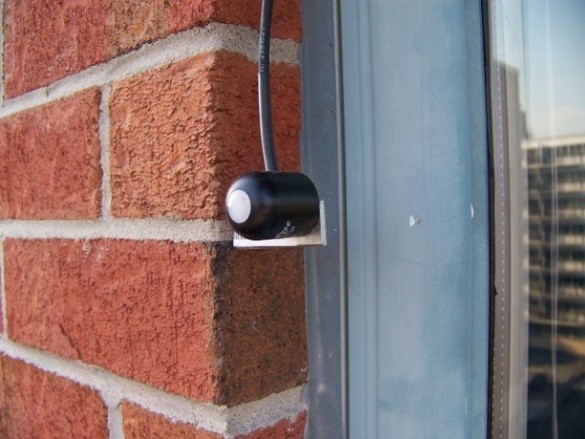In Canada, the design, construction and installation of glazing systems has been partially regulated through standards and building Codes for decades.
CCBST 2017: Fenestration Systems - It's All About the Plumbing!
A few years ago the Toronto office of our engineering firm experienced what we termed “the year of the crappy curtain wall”. In actuality it was more like eighteen months, and during that period we investigated persistent water penetration in several low- to mid-rise commercial office buildings ranging in age from 5 to 20 years old.
CCBST 2017: Quantifying the Benefit of Venting Glazed Spandrels to Reduce Glass Breakage and Control Moisture
While venting glazed spandrels is cited to be a benefit to control heat buildup, several instances of spontaneous glass breakage in spandrel insulated glazing units, attributed to thermal stress, have been reported in vented spandrel cavities used with an opacifier on the inside glass surface.
CCBST 2017: Lessons Learned from Lab Testing Failures
Curtain walls and window walls are typically specified to meet a variety of different performance and testing criteria, some of which can be quite stringent.
Canadian Window Wall: Design challenges and opportunities
One of the defining characteristics of new high-rise residential apartment building design in Canada today is the thermally broken, open-back aluminum frame ‘window wall’ building envelope system. Until recently, Canadian building codes and Canadian and North American fenestration standards have not recognized window wall as a distinct cladding system.
The Reality of Quantifying Curtain Wall Spandrel Thermal Performance: 2D, 3D and Hotbox Testing
Curtain wall assemblies, large expanses of aluminum framing, are not traditionally known for their thermal efficiency. While insulated spandrels within the curtain wall framing have been used in an attempt to improve the thermal performance of the curtain wall system, research and testing has shown that typical insulated backpan systems fall short of expectations for the thermal resistance of opaque walls in many codes and standards.
High or Low-E? Low-E Coated Glass for Apartment Buildings
The dominant form of apartment building design in major urban areas in Canada is the double-loaded corridor type in which most apartments tend to face in opposite directions and have exposure only on one face of the building, although the plan shape could vary. Less common are three wing, four wing (cross) and L-shaped plans. In these buildings, some apartments might have exposure to more than one side of the building and only rarely on opposite sides.
Design Implications of Glazing Ratio Restrictions
Recent energy codes set the trend for significant improvements to the thermal performance of the building enclosure. These new codes challenge building owners who desire large expanses of vision glass to utilize higher performance technologies. The implication of glazing ratio on glazing system U-values and spandrel panel design will be presented including a comparison of prescriptive versus performance-based approach to code compliance.


